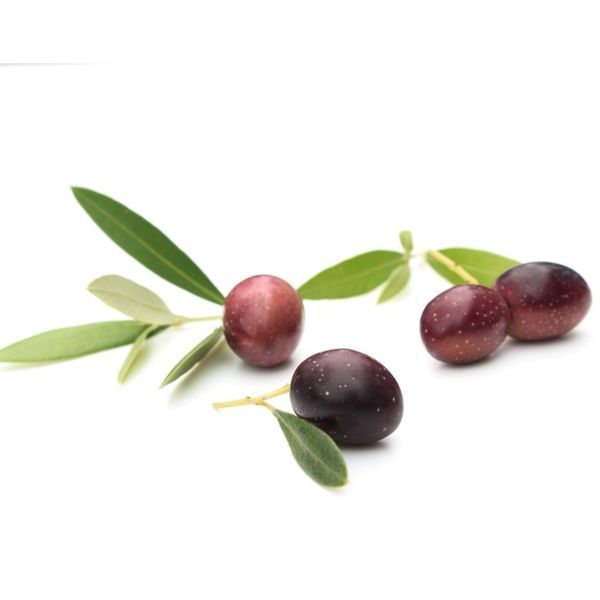- Save 30% off select varieties while supplies last. See All Clearance
- Koroneiki is one of the most full-flavored olives in our collection with a robust pepperiness that tickles the back of the throat.
- This Greek Varietal is more than 3000 years old and has been propagated for its incredibly prolific crops.
- While primarily grown as an oil variety, processing for table consumption leads to a slightly bitter but very tasty snack.
- The fruit ripens to a beautiful dark mahogany color and is relatively small in size.
- Height at maturity: 15'-20' in the ground, but can be kept smaller with pruning or if kept in containers
- Self-fertile. Does not require a pollinator but having another variety nearby will increase pollination and yield.
- Pollinator: Arbequina
- Hardy to 12 F
- Best for Zones 8-11
- For Zones 4-7, you can grow this tree in a pot and bring it indoors for the winter
Click here for our Olive Tree Growing Guide (pdf)
Lee nuestra guia aqui: Cuidado del arbol de Olivo
SAVE ON SHIPPING: We can now ship potted fruit trees in MULTIPACK BOXES. Order as a 3-pack or 6-pack to save on the cost of shipping! This includes ALL PRIMO and ENTRY sized citrus, olive, fig, avocado trees and passion vines.









